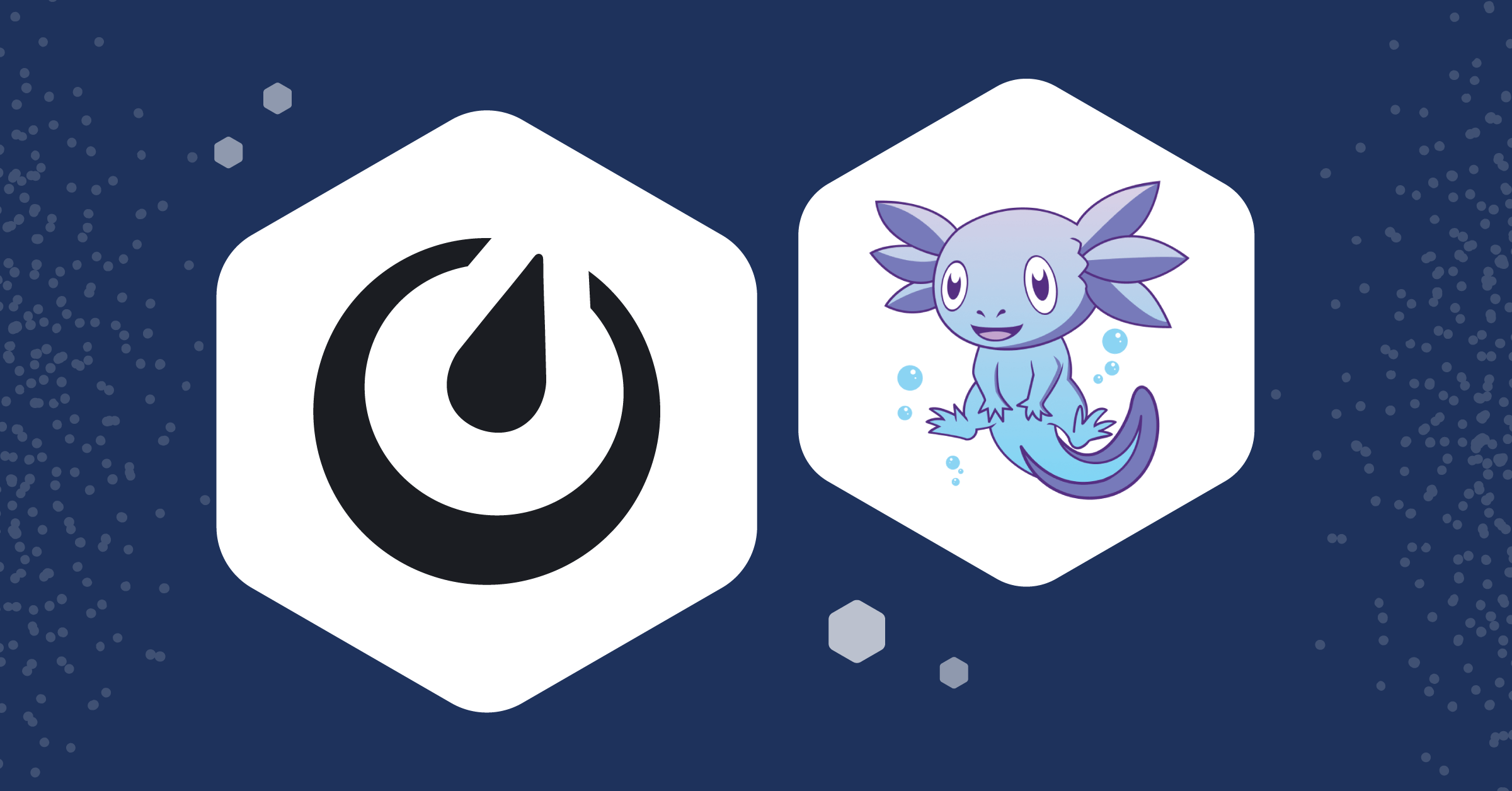
Deploying Mattermost with Zarf for highly secure air-gapped collaboration
Mission-focused teams that operate in contingency environments – think military branches, the intelligence community, NASA – increasingly depend on collaboration software. They need to share information quickly, nimbly, and securely. And they want to carry that out in contextual channels that enable them to see the right content at the right time to make informed, accurate decisions.
That’s especially true for developers and other technical and operations teams who support high-stakes missions. They need a technical collaboration platform that allows them to focus on mission-critical projects and workflows, free from the context-switching distraction of general-purpose communications.
But how do you achieve that level of collaboration on a highly secure air-gapped network or in a disconnected environment at the extreme tactical edge? A growing number of organizations are discovering the answer in an open-source trifecta: Zarf, Kubernetes, and Mattermost.
The superiority of self-hosted collaboration
Many government organizations use communications tools like Slack and Microsoft Teams. These products are fine for general-purpose interactions, but they’re not purpose-built for technical collaboration, with the tool integrations, automation, and ironclad security technical folks need.
They’re also cloud-based, software-as-a-service (SaaS) offerings, and that’s a stumbling block for mission-focused teams. Because they require an internet connection to function, they can’t operate on an air-gapped network or in a battlespace with intermittent or no internet connectivity. Just as significant, most collaboration tools are limited to networks with a moderate impact level, so they can’t be deployed at IL4 and above.
These agencies need a collaboration platform that offers the flexibility to be deployed either in the cloud or on-prem. Self-hosting collaborative environments not only enables government organizations to maintain complete data sovereignty and control over user access permissions, but it also aligns with military grade security mandates, making it the optimal deployment option for the tactical edge.
Deploying collaboration at the extreme edge
But to benefit from collaboration at the tactical edge, you need a way to deploy and redeploy the platform quickly and repeatedly. That’s where Zarf comes in.
Zarf is a lightweight deployment tool from Defense Unicorns, a developer of open source technologies for secure mission systems. Zarf is designed to deploy software, including all files and dependencies, in systems that run isolated or intermittently disconnected from the internet. In fact, the original use case for Zarf was deploying applications in a container cluster orchestrated by Kubernetes in a military vehicle that would go long periods without an internet connection.
Zarf enables you to manage your supply chain with tools that will generate, and even compare Software Bill of Materials. You can develop applications in a centralized environment, transport them to external media, and then use Zarf to deploy them in mobile, and air-gapped scenarios.
Zarf and Kubernetes are ideal for deploying Mattermost in an air-gapped or edge situation. It gives you a single methodology for deploying Mattermost and any other software in a secure environment at any impact level, including IL6. Together, these tools enable government agencies and organizations, such as Brain Gu innovation lab, to take operations to the next level of speed and security.
Collaboration for contingency operations
Deployed with Zarf and Kubernetes, Mattermost is well-suited to the expeditionary and other dynamic environments in which military teams operate. You gain the ability to securely collaborate within and across mission teams and then quickly integrate new stakeholders as missions evolve. Just as important, you can rapidly spin up a new instance if a system goes down or redeploy in a new environment as resources or operations change.
The Zarf-enabled rapid deployment of Mattermost is consistent with new DoD initiatives to make decision-making less centralized and more nimble. An example is the Air Force’s Agile Combat Employment (ACE) concept, a responsive operational scheme of maneuver designed to be executed within threat timelines.
ACE shifts operations from centralized infrastructures to a network of smaller, dispersed locations. The approach is intended to enable mission teams to create, manage, and share timely, accurate, and relevant mission information across dispersed forces – exactly the strengths of Mattermost.Ultimately, deployed in air-gapped or edge environments, Mattermost can be a high-value tool, offering critical decision advantage. In today’s battlespace, tactical resources aren’t just warfighters with guns. Rather, a panoply of IT capabilities are required to support military intelligence and logistics. What could be more mission-critical than a collaboration platform that supports the technical and operations experts who keep those information assets up and running? That’s the advantage of Mattermost deployed with Zarf at the air-gapped tactical edge.
Learn how to use Mattermost with Zarf for air-gapped collaboration
Interested in learning more about deploying Zarf and Mattermost for an air-gapped collaboration environment? Check out different deployment options for Mattermost, and watch this step-by-step tutorial from the Zarf team to learn how to deploy Mattermost with Zarf:




